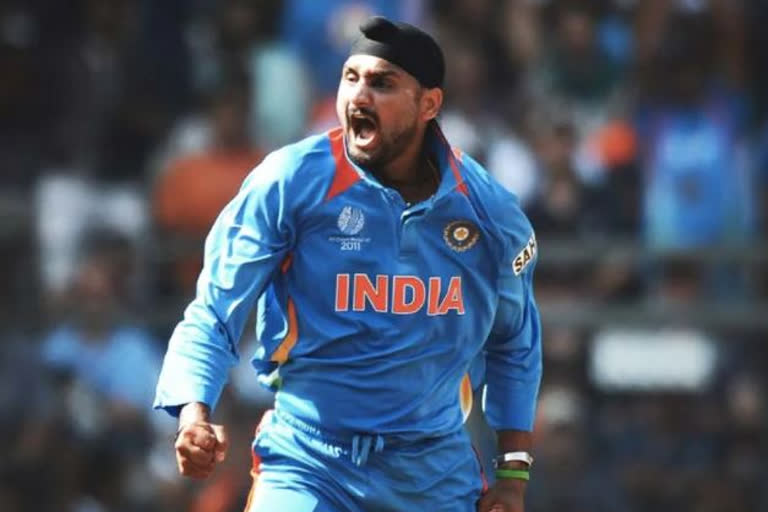New Delhi: A small spot jump followed by a two step angular run-up and a fast action that hoodwinked batters.
Harbhajan Singh would repeat this on sunny days, dreary afternoons and those nippy floodlit evenings for a decade at a stretch, winning matches for India. And then one day, it all came to a screeching halt.
Not all beautiful love stories have perfect endings and one can bet that as he bid adieu to the cricket field, the 41-year-old would have ideally liked a happier ending to his cricketing script.
But there shouldn't be any regrets as it was a lovely journey, full of experiences that make life worthwhile and anyone who knows him closely, would vouch that the 'R' word in his dictionary never stood for 'regret'.
He was semi-retired for the past few years having last worn the India blues back in 2016 but every story -- good, bad or ugly -- requires a closure and for India's Turbanator, his announcement of retirement officially marks an end to one of Indian cricket's most fascinating chapters.
With 100-plus Tests and 400-plus wickets, most of them not exactly coming on rank turners, Harbhajan's name will always figure among true blue cricketing elites of India.
Read: All good things come to an end: Veteran spinner Harbhajan Singh retires from all forms of cricket
And with two limited-overs world titles under his belt, it's an enviable CV for any top-flight cricketer.
He was unique in his own way with all his frailties, heartburns and controversies and the many imperfections that made him even more endearing.
For him, his leader was always Sourav Ganguly, someone whose foresight perhaps stopped him from migrating to the United States in early 2000 after his father's death.
And during those ugly days of Greg Chappell versus Ganguly, he was the only cricketer who went on record to support his skipper only to be hauled up by the BCCI.
He would never shy away from what he felt was the truth and thus protesting against stale food supplied by the National Cricket Academy led to his expulsion by then chief Hanumant Singh.
There would be questions raised about his action and twice he had to undergo tests to come out clean.
The infamous 'Monkeygate' episode when he was accused of racial abuse by Andrew Symonds did mentally take a toll on him and he realised it as time passed.
The controversy related to shoving S Sreesanth during the IPL was avoidable but then in those days, he could well be on short fuse and the incident that led to his suspension happened during that event's first edition.
The colorful patkas, roar of a lion at every dismissal and the love for a good scrap made Harbhajan a true blue rockstar in those early days of the new millennium when Indian cricket team under Sourav Ganguly was trying to pick up pieces after being shaken to the core by the match-fixing scandal.
Extremely combative, bordering on combustible with skills to match, Harbhajan, in his pomp, displayed the kind of swag that very few can even now.
Ask Ricky Ponting, a legend of that era whom Harbhajan dismissed close to a dozen times in Test cricket.
Ponting never really got the measure of Harbhajan's doosra and the bounce that he generated from his gangly 6 feet frame.
They say that a measure of any player's greatness is how he performs against the best of his era and those 32 wickets against Australia will forever remain the crowning glory of his international career.
Name the batter and Harbhajan had got him out.
Ponting, Matthew Hayden, Adam Gilchrist, Damien Martyn, Steve Waugh, Jacques Kallis, Andrew Flintoff, he got them all.
Yes, Shivnarine Chanderpaul, Younis Khan and Kumar Sangakkara did pose a lot of trouble but that didn't deter him from making significant contributions in winning Test matches in Jamaica, Hamilton and nearly another one in Cape Town.
